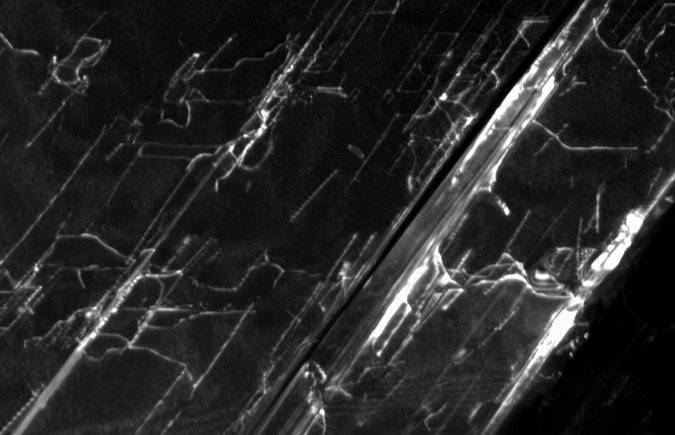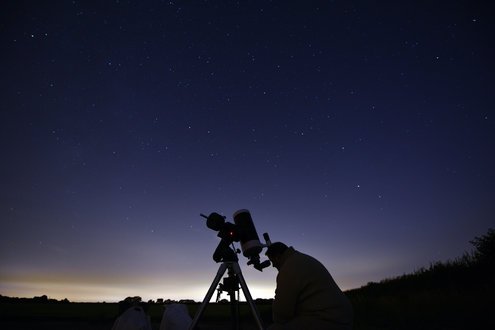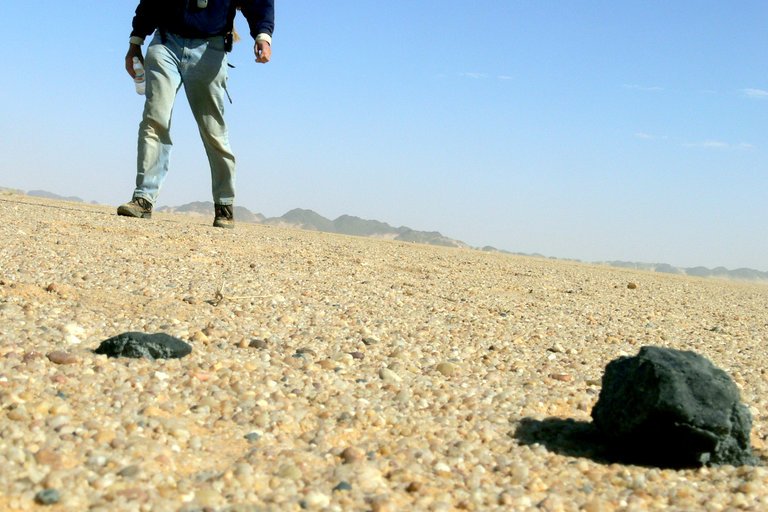Diamonds in a Meteorite May Be a Lost Planet’s Fragments
In 2008, chunks of space rock crashed in the deserts of Sudan. Diamonds discovered inside one of the recovered meteorites may have come from a destroyed planet that orbited our sun billions of years ago, scientists said on Tuesday. If confirmed, they say, it would be the first time anyone has recovered fragments from one of our solar system’s so-called “lost” planets.
“We have in our hands a piece of a former planet that was spinning around the sun before the end of the formation of today’s solar system,” said Philippe Gillet, a planetary scientist at the Federal Institute of Technology in Lausanne, Switzerland and an author of the paper that was published in Nature Communications.

Dr. Gillet’s colleague Farhang Nabiei made the discovery while taking high-resolution images of a meteorite that had landed in the Nubian Desert in Sudan about a decade ago. The space rock is classified as ureilite, a type of rare meteorite that has embedded within it several different types of minerals.
And inside this one, they found diamonds.
The nano-sized gems were much larger than any meteorite diamond that had been previously found, according to Dr. Gillet. Upon further inspection the team noticed that the diamonds were far from crystal clear. They were riddled with tiny imperfections, called inclusions, made of chromite, phosphate and iron-nickel sulfides.
Advertisement
Continue reading the main story
Those flaws made the diamond extraordinary.
“What for a jeweler is an imperfection becomes for me something that is very useful because it tells me about the history of the diamond,” said Dr. Gillet. “It has a chemistry which has no equivalent in the solar system today, in terms of planets,” he said.
The Quadrantids and Other Meteor Showers That Will Light Up Night Skies in 2018
All year long, Earth passes through streams of cosmic debris. Here’s our list of major meteor showers and how to spot one.

Our solar system was born of chaos. Some 4.5 billion years ago, prevailing theories hold that dozens of chunks of rock and dust, called protoplanets, circled our sun and collided with each other like cosmic billiard balls. Eventually, the collisions forged the rocky planets that we know today — Mercury, Venus, Mars and, of course, Earth. Our moon is thought by some scientists to have formed from debris spewed by such an impact between Earth and a protoplanet called Theia.
Continue reading the main story
The inclusions in the meteorite’s diamonds told of a similarly turbulent past. Because of the diamonds’ size and chemistry, Dr. Gillet and his team concluded that the diamonds formed under intense pressure, of about 20 giga-pascals, which is close to the pressure seen 400 miles below Earth’s surface where the upper mantle transitions into the lower mantle.
Pressure that high could have been reached only inside a planetary body that was between the sizes of Mercury and Mars, he said.
Continue reading the main story Read the Original Article






























